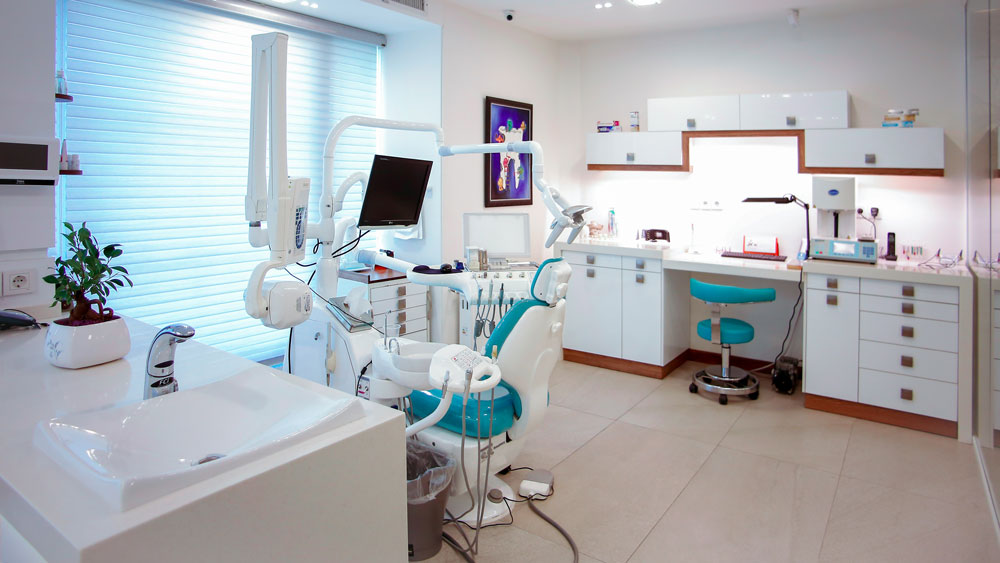After a couple of heart attacks, I’ve learned to eat much healthier. But finding snacks can be challenging once you remove Doritos and Cheetos from the equation. A good substitute for me is now Harvest Snaps, which are baked lentil pods. I highly recommend the tomato-basil version.
|
ADVERTISEMENT |
Anyway, I was lentil-snapping away the other day on some of the onion-thyme ones. I bit down on a snap with my back left molar and heard a snap. Then the pain train came roaring through the station. The tooth had cracked. Of course, this happens on a Friday at 7 p.m., and the dentist doesn’t open until Monday morning. So I suffered through the weekend, wondering what I’d be in for.
…

Add new comment